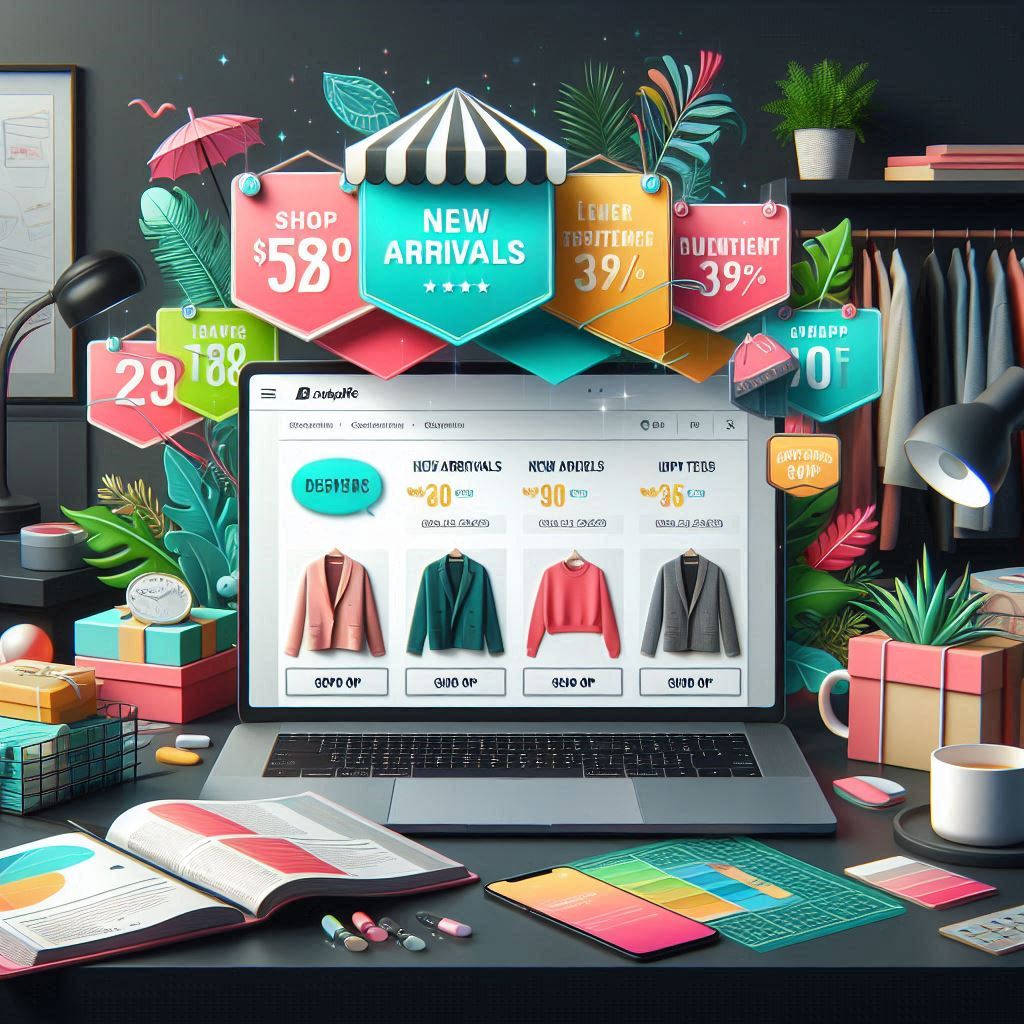Maximizing Conversions: How to Effectively Use Popups in Your Shopify Store
Popups have become an essential tool for online retailers looking to enhance customer engagement and maximize conversions. When used correctly, popups can help capture leads, promote special offers, and improve user experience. However, if not implemented thoughtfully, they can also frustrate customers and lead to higher bounce rates.
This article will explore effective strategies for integrating popups into your Shopify store to increase conversions and improve customer satisfaction. For additional insights and tools to optimize your strategy, Smartarget provides valuable resources that can help you succeed.
1. Understanding the Role of Popups in E-commerce
Popups serve multiple purposes in an e-commerce setting. They can be utilized to collect email addresses, promote limited-time discounts, or remind customers about items left in their shopping carts. By strategically using popups, Shopify store owners can guide customers through their purchasing journey, ultimately increasing the likelihood of conversion.
One of the primary benefits of popups is their ability to capture attention. Unlike static elements on a website, popups appear prominently on the screen, making them hard to ignore. This visibility is crucial for businesses looking to drive immediate action from visitors.
Moreover, popups can segment audiences based on their behavior. For example, first-time visitors might see a welcome discount, while returning customers could receive a special offer on their favorite products. By tailoring the popup experience to individual users, Shopify stores can create a more personalized shopping experience that resonates with customers and drives sales.
2. Choosing the Right Type of Popup for Your Goals
Not all popups are created equal; choosing the right type for your specific goals is vital. Common types of popups include exit-intent popups, welcome popups, and scroll-triggered popups. Exit-intent popups appear when a user is about to leave the site, providing a last chance to convert.
On the other hand, welcome popups greet new visitors with a special offer or information about your store. These popups are great for capturing email subscriptions early in the customer journey. Understanding your objectives will help you select the most effective popup type for your Shopify store, maximizing the potential for conversions.
3. Best Practices for Popup Design and Timing
A. Design Elements That Drive Engagement
The design of your popup plays a crucial role in its effectiveness. To capture your audience's attention, opt for visually appealing graphics and clear, concise messaging. Use contrasting colors that stand out from your website's background to draw attention to the popup.
Additionally, ensure that the call to action (CTA) is prominent and compelling. Phrases like "Get Your Discount Now" or "Join Our Newsletter" encourage users to take action.
It's essential to balance design with functionality. A cluttered popup with too much information can overwhelm visitors and lead to high exit rates. Instead, keep the content focused, addressing a single message or offer. Test different designs to see which resonates best with your audience.
B. Timing and Triggers for Optimal Results
Timing is equally important in your popup strategy. Consider implementing time-based triggers, such as displaying a popup after a user has spent a certain amount of time on the site or after they've scrolled through a specific percentage of a page.
Another effective strategy is exit-intent technology, which detects when a user is about to leave the site and triggers the popup at that moment. This tactic can effectively capture potential customers before they abandon their carts or navigate away from your store.
Regularly analyze the performance of your popups. Use A/B testing to determine which designs and timings yield the highest conversion rates. Adjust your strategy based on this data to continuously improve the effectiveness of your popups.
4. Measuring the Success of Your Popup Strategy
To maximize the impact of popups on your Shopify store, it’s essential to track their performance and analyze the data. Key performance indicators (KPIs) such as conversion rates, bounce rates, and click-through rates will provide insights into how well your popups are performing.
Monitoring conversion rates allows you to assess the effectiveness of your popups in driving sales. If a particular popup type isn’t performing well, consider revisiting its design, message, or timing.
Additionally, analyzing bounce rates can help you understand if your popups are causing frustration among users. A high bounce rate might indicate that popups are appearing too frequently or at inopportune times.
Engaging with customer feedback can also provide valuable insights. Surveys or direct inquiries about the popup experience can help you fine-tune your approach. By continuously monitoring and adjusting your strategy based on these metrics, you can create a more effective popup strategy that maximizes conversions.
Takeaway
Using popups effectively in your Shopify store can significantly enhance customer engagement and drive conversions. Focus on the design, timing, and type of popups that align with your goals.
Regularly analyze performance data to refine your strategy and ensure you’re getting the most out of your popup efforts. For additional resources and tools to elevate your popup strategy, consider exploring what Smartarget Online has to offer.
